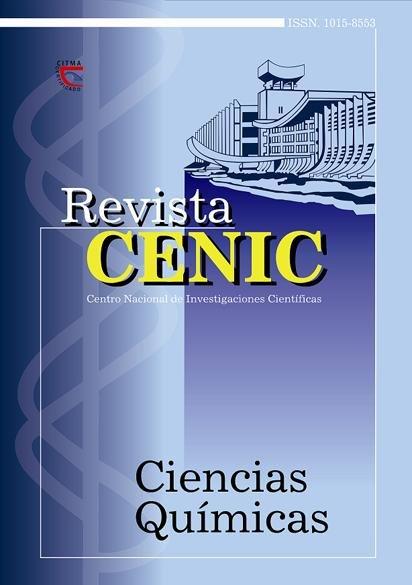Visualización de la colaboración científica en la Revista CENIC Ciencias Químicas durante el período 1996-2005 mediante técnicas de análisis de redes sociales
Abstract
The current work studied indicators of scientific collaboration identified in the scientific production
of the Revista CENIC Ciencias Químicas during the period 1996-2005. The concept of social network was treated. A
historical approach to the evolution of Social Network Analysis as a method to study the relations of collaboration
in Science and Technology was carried out. All the journal articles corresponding to the studied period were
processed. Endnote 10.0, Bibexcel, Ucinet 6.0 and NetDraw programs were used to process the data, create the cooccurrence
matrices, and visualize the information through techniques of Social Networks Analysis. The relations
of collaboration in the Journal during the studied period, based on the authors and institutions co-occurrence in
the articles, in order to determine the existence and intensity of these relations, were visualized. Five principal
components and 11 research groups made up by the most productive authors of the Journal were identified. The
most connected entities in the institutional collaboration network were the Center of Pharmaceutical Chemistry
and the Branch of Chemistry from the National Scientific Research Center. The research fronts most represented
in the articles were determined through the co-occurrence analysis of the most use keywords in the articles. A total
of 14 thematic associations, representative of the research lines most used keywords in the articles. A total of
14 thematic associations, representative of the research lines most treated by the Journal, were obtained

Downloads
Published
How to Cite
Issue
Section
License

This work is licensed under a Creative Commons Attribution-NonCommercial-ShareAlike 4.0 International License.
Los autores que publican en esta revista están de acuerdo con los siguientes términos:
Los autores conservan los derechos de autor y garantizan a la revista el derecho de ser la primera publicación del trabajo al igual que licenciado bajo una Creative Commons Atribución-NoComercial-CompartirIgual 4.0 que permite a otros compartir el trabajo con un reconocimiento de la autoría del trabajo y la publicación inicial en esta revista.
Los autores pueden establecer por separado acuerdos adicionales para la distribución no exclusiva de la versión de la obra publicada en la revista (por ejemplo, situarlo en un repositorio institucional o publicarlo en un libro), con un reconocimiento de su publicación inicial en esta revista.
Se permite y se anima a los autores a difundir sus trabajos electrónicamente (por ejemplo, en repositorios institucionales o en su propio sitio web) antes y durante el proceso de envío, ya que puede dar lugar a intercambios productivos, así como a una citación más temprana y mayor de los trabajos publicados (Véase The Effect of Open Access) (en inglés).













